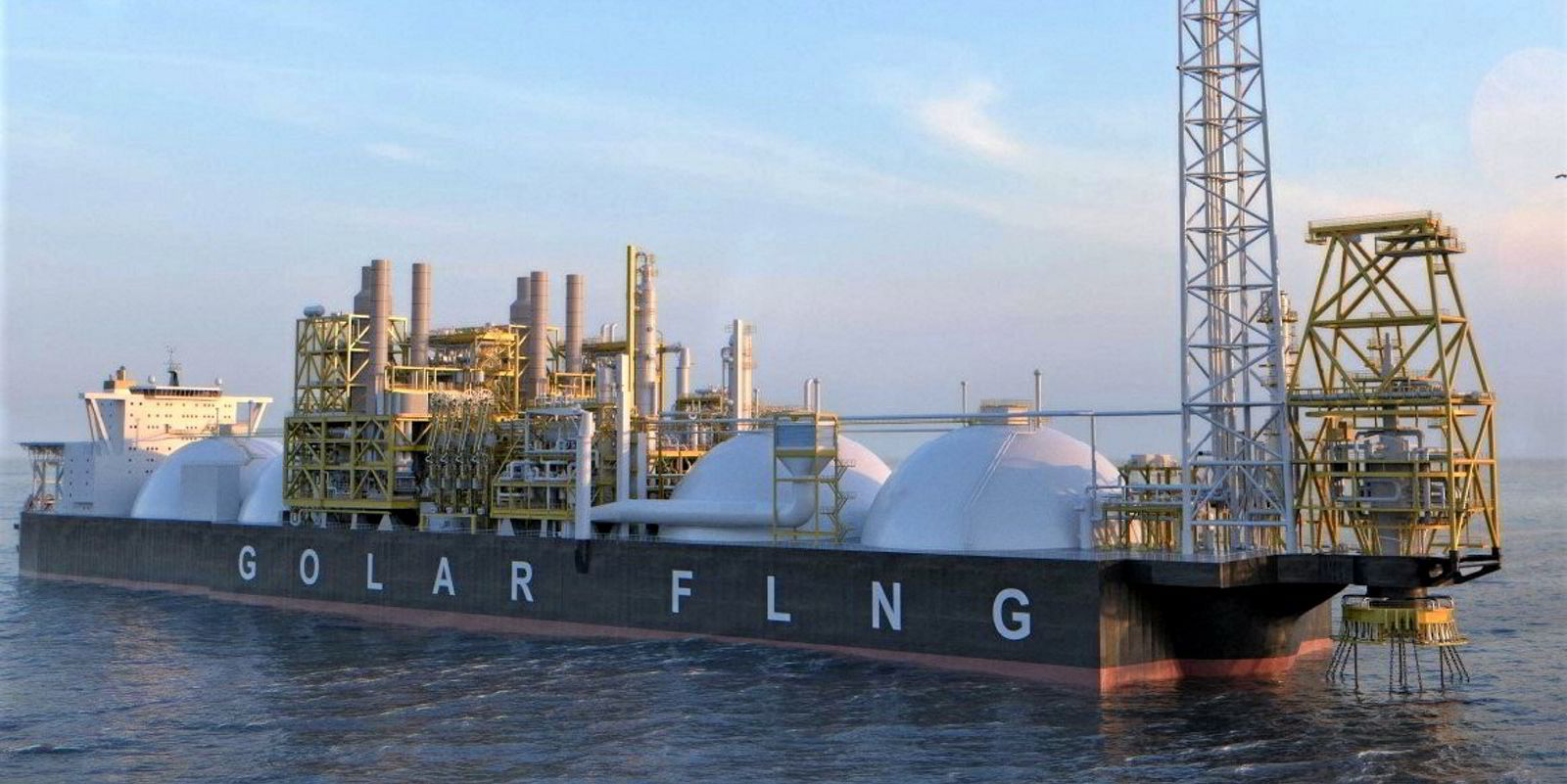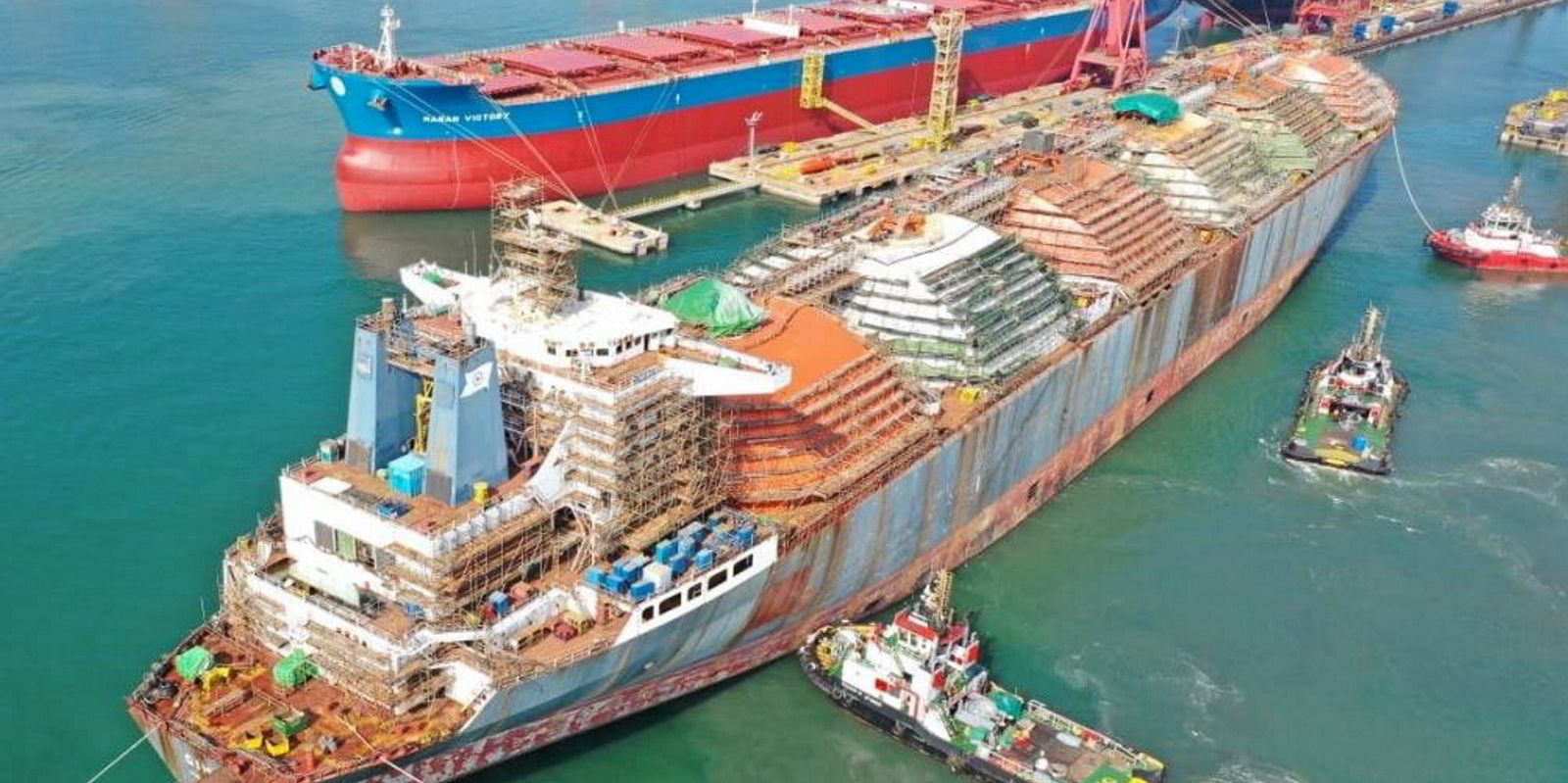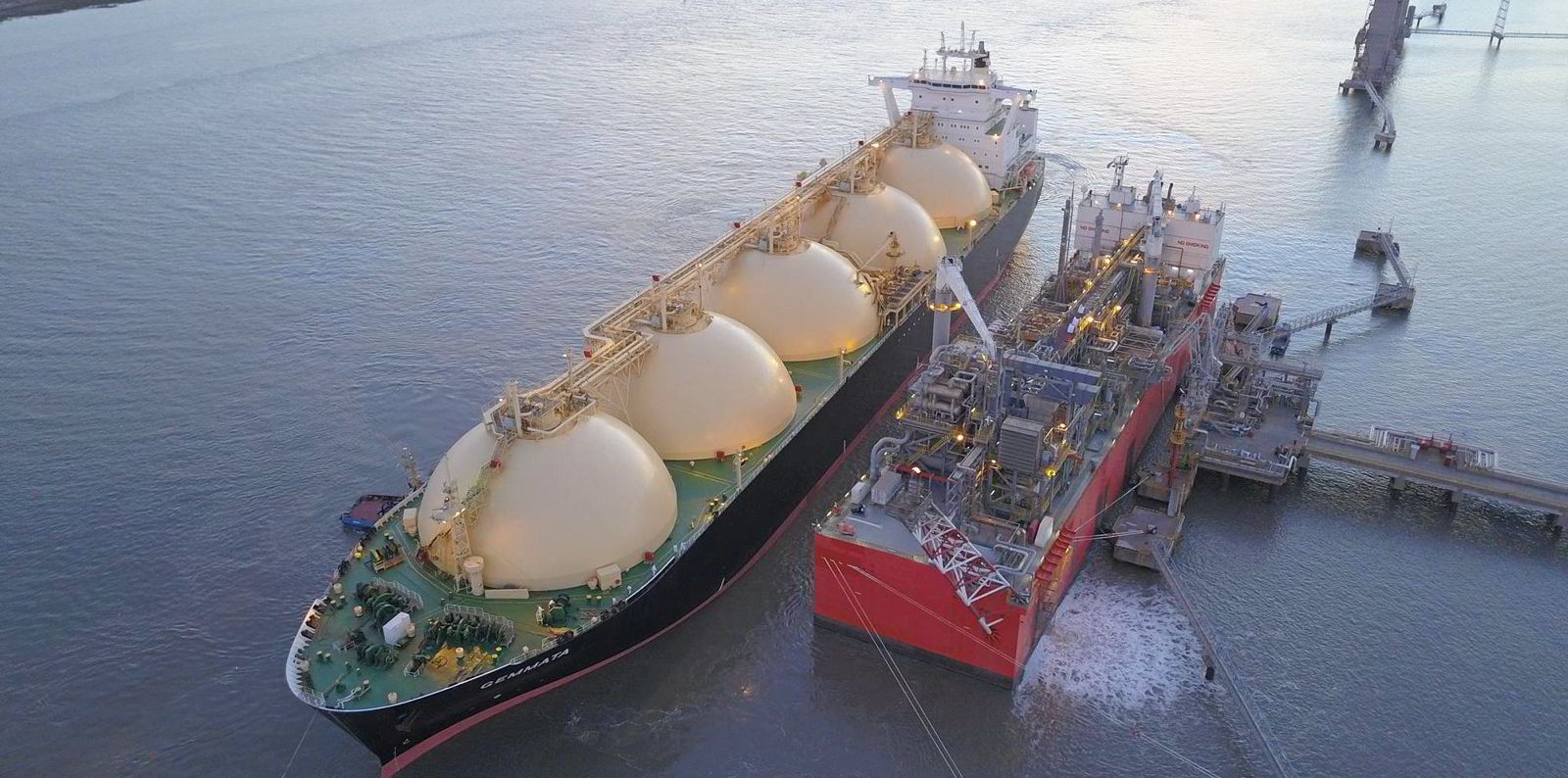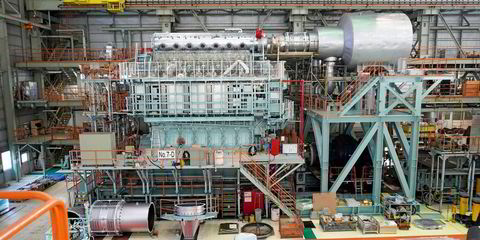Newly liquefaction-focused Golar LNG is ready to move ahead with a speculative LNG carrier-to-floating LNG (FLNG) unit conversion in advance of signing a firm contract.
Company chief executive Karl Staubo told analysts on a second-quarter results call that this would be similar to Golar’s approach when it ordered its lone existing operating unit FLNG Hilli, which is stationed off Cameroon.
But he said: “We have a very clear view of where it [the FLNG unit] will end up.
“We see now with the scramble to secure new liquefaction ... that time is a key attribute of the market and all of the chartering discussions we have.”
Staubo said Golar has confirmed yard availability and pricing for its Mark I and Mark II FLNG units, which are both based on the conversion of LNG carriers.
The key attraction of the Mark II, which could supply up to 3.5 million tonnes per annum of LNG, is that it can offer higher liquefaction and storage capacity and a quicker conversion time.
He said Golar has a good view of the FLNG growth pipeline. And he would not rule out another Mark I conversion, potentially using its 126,000-cbm LNG carrier Gandria (built 1977).
Staubo said Golar’s organisation and balance sheet are now set up to support the development of two to three new FLNG projects in parallel.
He said the company plans to order long-lead items for a Mark II FLNG unit this year to safeguard 2025 delivery for a unit.
Golar has identified and inspected a suitable vessel candidate for the conversion and concluded its yard selection.
“Together with the interest from charterers, which includes ongoing discussions from an integrated field development project and multiple clients, we are confident that proceeding with Mark II is the right way for the company going forward,” he said.
Staubo highlighted the ongoing tightness of the gas market, with very limited new liquefaction capacity coming onstream in the first half of this decade.
“Hence, early delivery of the project is increasingly attractive both from a demand and a price point of view,” he said.
Staubo added that Golar is focused on African proven or stranded gas reserves as they offer the most favourable gas source, liquefaction and shipping costs.
He said these can stack up at a delivered price of around $5 per MMBtu.
“Our key focus is on FLNG growth,” Staubo said.






